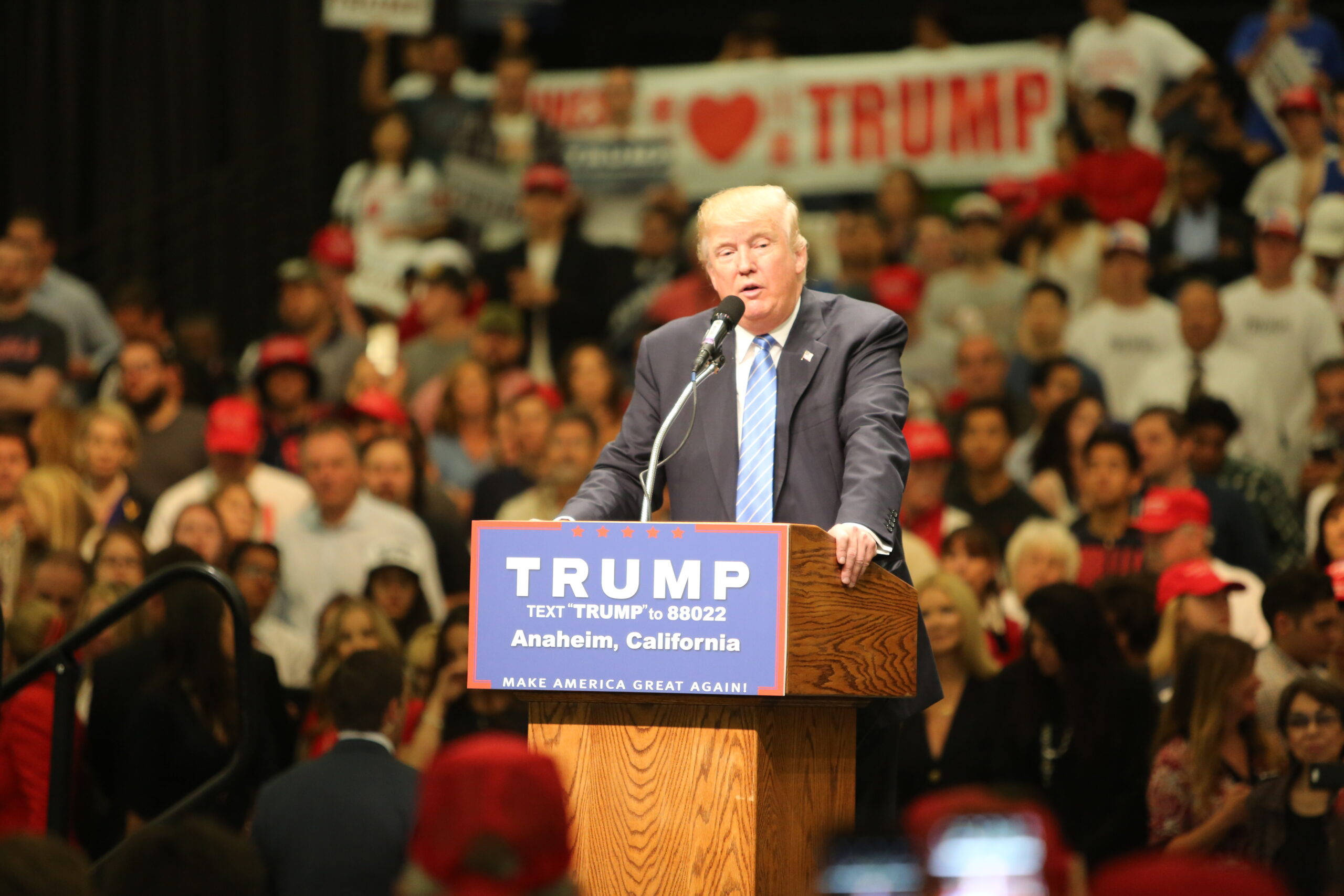Trump in 2015-2016

Review:
Laure Mandeville, Qui est vraiment Donald Trump? Paris: Équateurs/Le Figaro, 2016.

Imagine we know nothing about Donald J. Trump beyond election day, 2016.
What would we think of him? What would we think of him without the triple shocks of January 6, 2021, the January 6 commission hearings throughout the summer of 2022, and finally the Mar-a-lago raid in July 2022?
Before all of this, he was a presidential candidate, and then a president, with a far-right agenda who dominated the world stage. How was he viewed in Europe?
Laure Mandeville is a senior international correspondent for Le Figaro, one of the leading newspapers in France. She is a veteran of assignments in Russia (1997-2000) and Washington (2009-2016), where she witnessed the Trump campaign, beginning with the ride down the “golden escalator” of Trump Towers.[1] In her 2016 book, written before Trump was elected, she attempted to view him objectively, as an outsider–but not entirely as someone with no stake in his victory or defeat; as a European she was concerned on the effect of a Trump victory on European security, particularly given her insider’s view of Vladimir Putin. The most concerning to Europeans of all Trump’s policy pronouncements in the run-up to the election was his dismissive attitude toward NATO, combined with his expressed desire to “work with” Vladimir Putin. Did these statements signal a willingness to allow Putin to run roughshod over Eastern Europe? Or was it simply a willingness for a “reset” with Putin, as even President Obama had suggested? (pp. 10-11). She quoted the numerous Cassandras who had warned against Trump as president, for example John Kasich, then Governor of Ohio, who resisted all entreaties to join Trump as his vice president and refused to come to the Republican National Convention–which was in Cleveland (p. 66).
Trump was, above all, as she saw it, someone who connected with his audience. A billionaire (she took him at his word), she noted that he nevertheless connected, in a way that no other politician did, with the people of what in France would be called the “periphery,” those living in areas blasted by factory closures and the resulting exodus of young people, those who feared the loss of jobs and a penniless old age. He mocked political correctness. He said things every one else feared to say. Many of those things were offensive. But at least you knew where he stood.
And through the noise and bluster, she isolated several key “axes” of his campaign, for which she could also see parallels in French politics:
First, there was the struggle against immigration, for which he promised to build a wall (“very tall, very beautiful”), appealing to the crowds with the comment that, “I know how to build.” Immigration was an issue that resonated with the followers of the National Front in France, where anxieties about identity and culture had been stirred by the 2015 immigration crisis, as displaced people (many from Syria) fled across the Mediterranean and through Greece and Turkey into the European Union (2016, pp. 78-80).
The second axis was Trump’s opposition to free trade, which had been a hallmark of the Bill Clinton administration. Trump focused on the pain caused when companies “delocalized” their factories to countries with cheaper wages, bringing about the destruction of entire towns (both of them preoccupations of the French for the past several decades), to push a selectively protectionist agenda. Even Hillary Clinton dropped her previous support for the Trans-Pacific Partnership (2016, pp. 80-81), an act that forced her to abandon, at least temporarily, the global trade policies that she had long supported.
And finally, the third axis was a policy of Order. Trump promised to bring order to the streets, to stop crime and the flow of drugs, and to end the insecurity felt by ordinary Americans (2016, pp. 81-82). This is also an old standby of the French right and far right. And though Mandeville had left the United States before the election and inauguration, Trump’s “American carnage” inaugural address, delivered in January 2017, portrayed the United States as a desolate wasteland–and that, too, echoed the rhetoric of the Far Right in France:
“Mothers and children trapped in poverty in our inner cities, rusted out factories scattered like tombstones across the landscape of our nation, an education flush with cash but which leaves our young and beautiful students deprived of all knowledge. And the crime, and the gangs, and the drugs that have stolen too many lives and robbed our country of so much unrealized potential. This American carnage stops right here and stops right now.”[2]
Though the language was similar to right-wing rhetoric, “The truth is that Trump has no clear and definitive ideological creed, which distinguishes him from the European [parties] of the extreme right”(p. 156). And this ideologically empty vessel had expressed a “fascination” for Putin, “an adept at moral relativism for whom there is no truth, only points of view hiding self-interest” (p. 169). And finally, in his admiration for Putin, Trump was not particularly unusual, since this was part of the strongman playbook: “The fascination that the regime of Vladimir Putin on the majority of these [far right] movements, Trump’s included, carries with it the seed of a scorn for democracy, for truth, and for any kind of challenge to [his] power.” (p. 156).
=================================================
Header image from Shutterstock, Trump campaigning in Anaheim, 2016.
[1] Want to relive it? Trump’s ride down the escalator, on C-Span. https://www.c-span.org/video/?c4583025/trump-coming-escalator
[2] President Trump’s Inaugural Address, Annotated, NPR, January 20, 2017 https://www.npr.org/2017/01/20/510629447/watch-live-president-trumps-inauguration-ceremony); https://youtu.be/xtrcGQdacgY